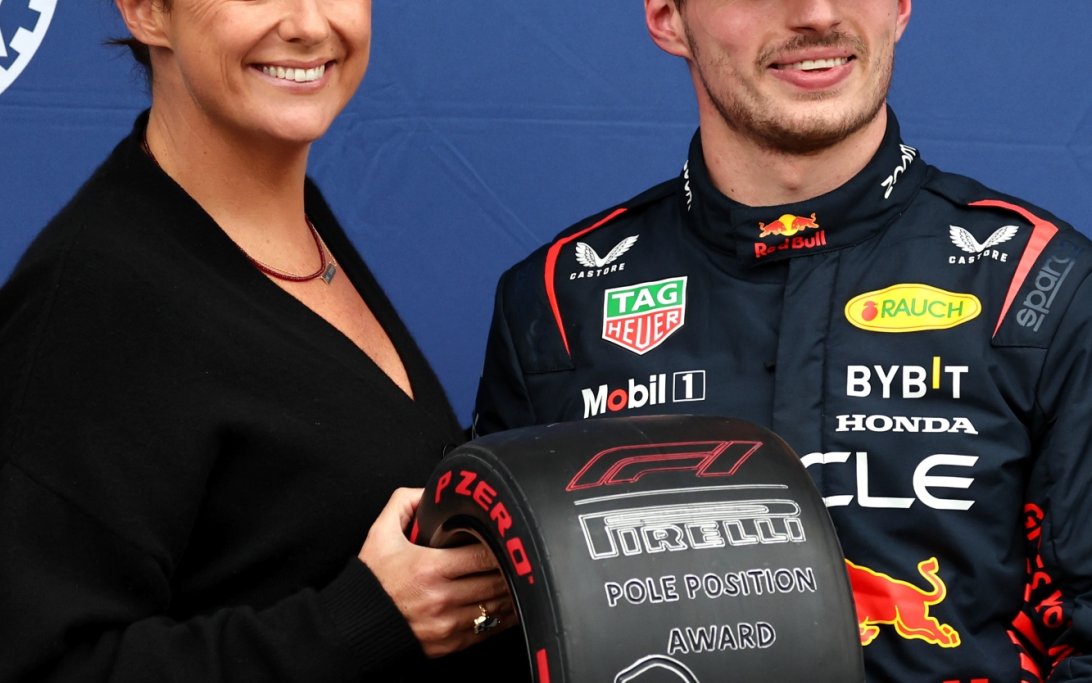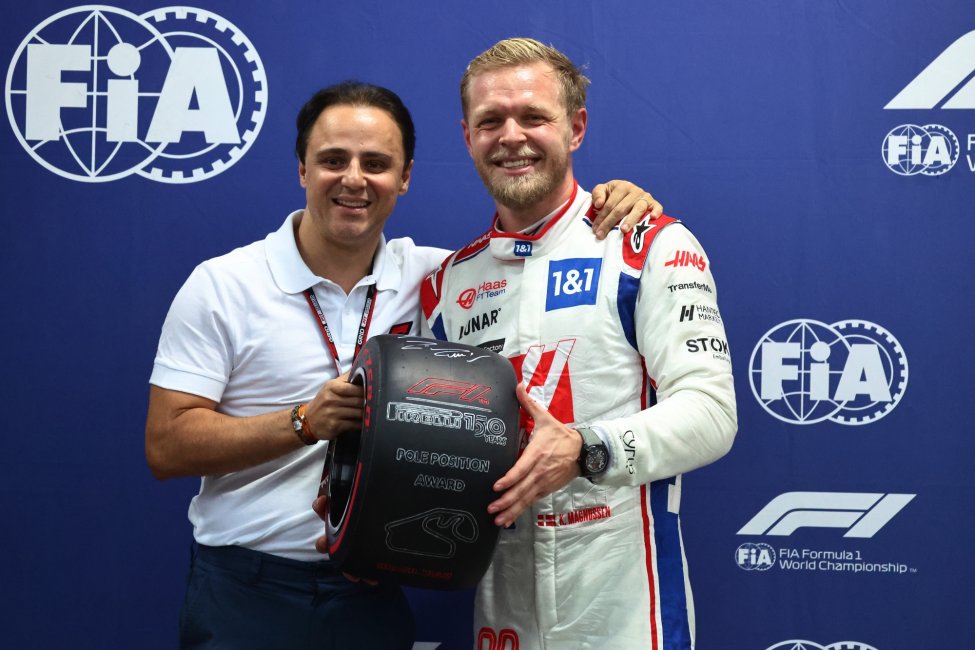All you need to know about F1's qualifying rules
Formula 1 qualifying is one of the most important parts of a Grand Prix weekend. Where drivers finish in qualifying determines how the grid lines up for the race on Sunday. Qualifying is divided into three parts, in which the starting positions for the race are determined by the drivers' fastest lap times.

How does F1 qualifying work?
The Formula 1 qualifying format has undergone several changes over the years, with the current format being introduced in 2006. The format consists of three qualifying sessions, known as Q1, Q2, and Q3, which take place on the Saturday of a race weekend. Each session lasts for a set amount of time, with drivers aiming to set the fastest lap time possible.
F1 Qualifying Q1
The first qualifying session, Q1, lasts for 18 minutes, and all drivers are allowed to participate. The aim for the drivers is to set a fast lap time to secure their place in Q2. The five slowest drivers are eliminated at the end of Q1, and their starting positions for the race are determined based on their fastest lap time during the session.
F1 Qualifying Q2
The second qualifying session, Q2, lasts for 15 minutes, and the remaining 15 drivers are allowed to participate. The aim for the drivers is to set a fast lap time to secure their place in Q3. Again, the five slowest drivers are eliminated at the end of Q2, and their starting positions for the race are determined based on their fastest lap time during the session.
F1 Qualifying Q3
The final qualifying session, Q3, lasts for 12 minutes, and the remaining 10 drivers are allowed to participate. The aim for the drivers is to set a fast lap time to determine their starting position for the race. The driver who sets the fastest lap time during Q3 starts from pole position, with the rest of the drivers lining up behind in descending order of their lap time.
F1 qualifying rules
After qualifying, grid penalties regularly get handed out to drivers who have broken the rules in one of two ways: via a behavioural infringement or breaching technical regulations.
For example, if the driver who qualified on pole receives a five-place grid penalty, they would start from P6. Other affected positions on the grid are changed accordingly. The F1 qualifying results are final when the penalties are handed out.
Tyre rules F1 qualifying
Previously, it was mandatory for the top ten to start on the tyres the drivers had driven the fastest lap with in Q2. The rest of the drivers who started outside the top ten were free to choose their tyres. This could sometimes mean that it was more beneficial to start in position 11 or 12, rather than in position 10. Since 2022, however, this rule has been abolished and teams have a free choice of tyres.
Test new qualifying format with tyres 2023
In the 2023 F1 season, a new tyre format was also tested, with teams having a mandatory choice of tyres (except in wet conditions) during the three parts of qualifying. In Q1, teams must use the hard tyre, in Q2 the medium tyre and in Q3 the softs. By using this format, many tyres can be saved. The test was run during:
- Hungarian Grand Prix qualifying
- Italian Grand Prix qualifying
New qualifying format with tires possible for entire 2025 season
The test of the qualifying format with tires in 2023 proved successful, and Formula 1 is very enthusiastic about implementing this format throughout the entire 2025 season. However, no final decision has been made yet.
How many laps in a Formula 1 qualifying session?
F1 drivers get to decide how many laps they drive during qualifying. However, they do try to get the most out of as few laps as possible. This is to save up the sets of tires they have available. On average, a driver drives about two fast laps per qualifying section (Q1, Q2 and Q3).
Fastest F1 qualifying lap ever
In 2020, Lewis Hamilton managed to complete the lightning-fast Monza circuit in 1:18.887, representing an average speed of 264,362 kilometers per hour. The Briton thus set a new record by driving the very fastest official Formula One lap ever, while also further tightening his own pole record with his 94th pole at the time. Before Monza 2020, Juan Pablo Montoya held the fast ever qualifying lap record for over 15 years.
Montoya set the lap during the 2004 Italian Grand Prix, also at Monza. Montoya, driving for the Williams-BMW team, set a blistering lap time of 1:19.525, with an average speed of 262.242 km/h (162.950 mph).
Montoya's lap time remained the fastest ever recorded in F1 qualifying for sixteen years, and it's worth noting that it was set during a period when F1 cars were at their most powerful, with V10 engines producing upwards of 900 horsepower.
Montoya's lap was a true display of his skill as a driver and the capability of the Williams-BMW car. His lap time was more than half a second faster than the second-place qualifier, Michael Schumacher.
Despite starting from pole position, Montoya was unable to convert his qualifying pace into a race victory, finishing in second place behind Schumacher. Nonetheless, his qualifying lap remains one of the most iconic moments in F1 history, and it stands as a testament to the incredible speed and technology of the sport.
F1 Sprint qualifying
After successful trials in 2021 and 2022, there will be more Sprint weekends in 2022. Click here to read more about the track that host an F1-Sprint weekend.
The schedule will be different for these Grands Prix, with the traditional qualifying session taking place on Friday evening and the 'Sprint' race on Saturday afternoon.
Qualifying determines the grid for the Sprint, with the result of the Sprint (a 100km race lasting around 25-30 minutes) confirming the grid for Sunday's Grand Prix.
In a change to the system for 2022, the driver who sets the fastest time in qualifying will now be recognised as the pole-sitter, with this previously going to the winner of the Sprint.
Another change will see the top eight finishers in the Sprint score points, ranging from eight to one – compared to only the top three last season.
What time is F1 qualifying?
The F1 qualifying time depends on the region where Formula 1 is racing at the time. Click here to check out the entire F1 qualifying schedule.
Don't miss out on any of the Formula 1 action thanks to this handy 2026 F1 calendar that can be easily loaded into your smartphone or PC.
Download the calender
